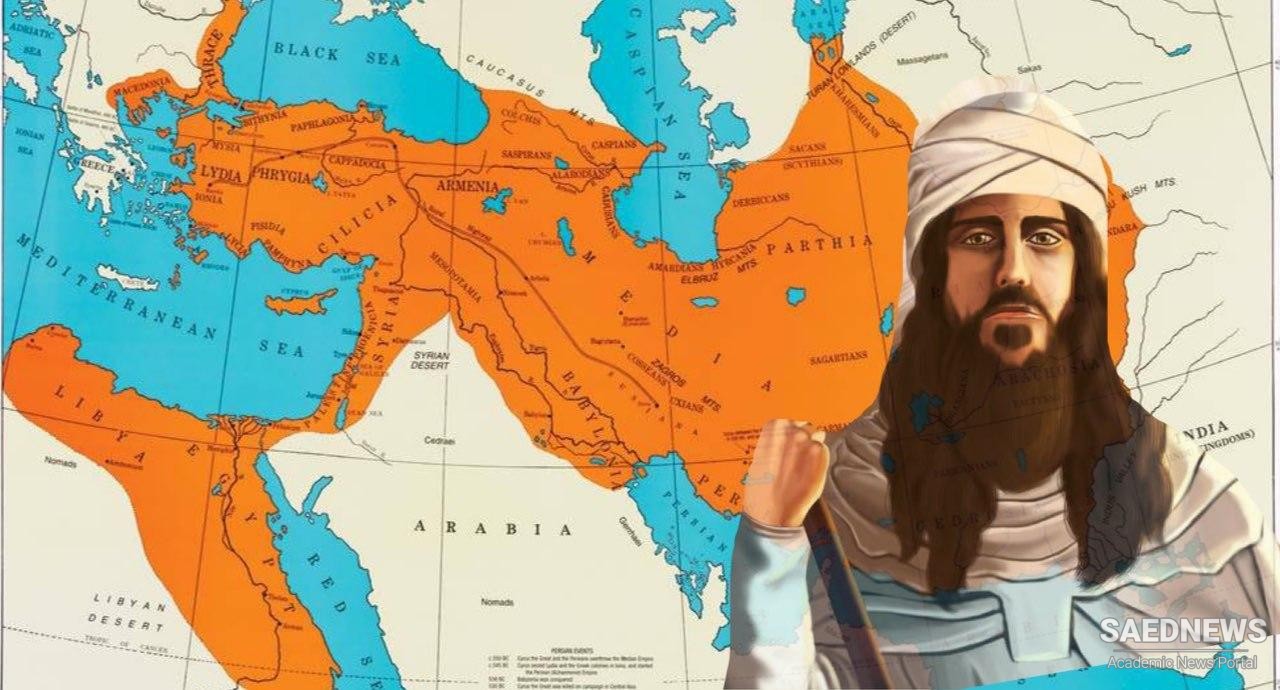Before the arrival of Nariman Hushang in 1477, there had not been any contacts between the two communities, as in his letter the Zoroastrians of Iran express their surprise about the existence of the Parsis in India.548 This demonstrates the isolation of the Zoroastrian community until the 15th century.
The development of commerce had played a key role in bringing the two Zoroastrian communities together. Both Yazd and Kirman, where the bulk of the Zoroastrians of Iran were concentrated, were important textile centres. The north-western Indian coastlines where Parsis lived were also important trading centres. Therefore, once the Mongols had opened the doors of Iran and foreign merchants had discovered the Iranian market, the Parsis were encouraged to visit Iran. The sources from the Safavid period do not allow us to see whether the Parsis were involved in ‘international’ trade. We know, however, that they benefited from a more pluralistic and tolerant environment than the Zoroastrians enjoyed in Iran.
Albeit subject to hardships in Iran, the Zoroastrians were not always victims of religious fanaticism. The sultan or the shah could have launched persecutions, but the local governor had the power to mitigate or implement the orders given by the monarch. The Safavid period was no exception.
The situation of the Zoroastrians of Yazd was not identical to those of Kirman. In both regions, however, they seem to have been relatively tolerated. The rivayats given to the Parsis in 1511, tell us that there were Zoroastrians also in Sistan and Khurasan. We are also led to believe that Fars too had a Zoroastrian community in this period, as Mubid Azar Kayvan (1533-1618), a Zoroastrian high priest, was from this province. It is difficult to find any sources referring to Zoroastrians in these provinces.
Jean de Thévenot, during his travels in Iran, encountered Zoroastrians at the confines of Khurasan, in Qandahar, where they were in a miserable state. Most probably, in provinces like Sistan, Khurasan, and Fars, as later Isfahan, where their community was small, the Zoroastrians had had to endure more hardship and as a result migrated or converted. There is more information on Zoroastrians in Isfahan than anywhere else in Iran. As the city was the capital of the Safavids, it was the destination of many Western travellers and missionaries who were intrigued by the Zoroastrians’ traditions and beliefs.
Shah Abbas I (1588-1629) had brought these Zoroastrians to Isfahan from Kirman and Yazd. Their activities in Isfahan suggest that only the poorest ones had been deported to the capital. Unlike the other non-Muslim groups, they were not involved in trade, but were mostly gardeners or cultivators, but excellent ones according to Nicola Hemmis. Chardin eulogized them for producing the best grapes and wine in Isfahan. Like Pietro della Valle, he was struck by their poverty but was impressed by their hard work. He wrote that Iran would have been in a better state if it were ruled by Zoroastrians and Armenians.
Most of these travellers, who visited Iran before the reign of Shah Sultan Husayn (1694-1722), convey to us the impression that the Safavid government generally tolerated the Zoroastrians. The justice system did not appear to discriminate against them, as the Zoroastrians had even their own magistrates. Nonetheless, in the writings of Chardin, they still appear to be the least tolerated of all the non-Muslim groups in Iran. By 1707, when Le Bruyn visited Isfahan, the Zoroastrians were no longer practising their religion freely. He complains that he could not find a single knowledgeable Zoroastrian. This should not be surprising as the most deprived Zoroastrians had been brought to Isfahan, and in addition, had been forced to become Muslim three years earlier.


 The Social Struggles of Zoroastrians in Persia
The Social Struggles of Zoroastrians in Persia














































